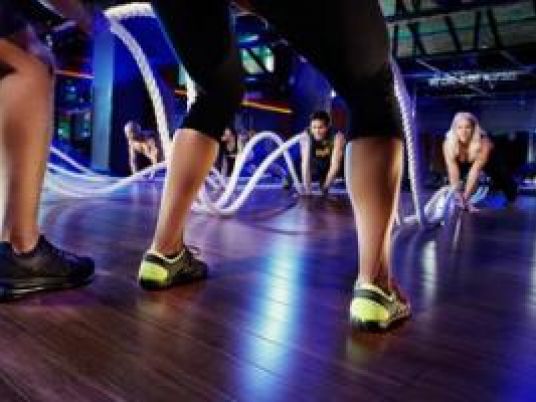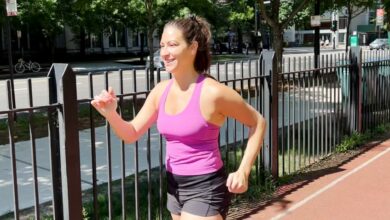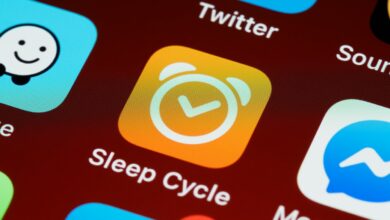
Strengthening the core, or midsection muscles of the body, is important for everyday activities from hoisting a toddler to swinging a golf club, according to fitness experts.
Toning the abdominals and oblique muscles through a series of moves such as lunges or squats can also help to ease future back problems but the exercises can be tedious work.
New fitness tools, such as the Core Momentum Trainer (CMT), aim to inject fun into the workout.
"Core training is not just crunches anymore," said Connecticut-based exercise physiologist Tom Holland.
CMT looks like a rattle and sounds like a maraca but Jon Ship, a personal trainer based in Birmingham, England, said it is an effective tool.
“It’s a versatile piece of equipment,” said Ship, who uses it with professional golfers, cricketers and squash players.
“It uses ball bearings, shifts, so when you get the right movement you’ve got the kinesthetic feeling of a hit as well as a sound that helps the client.”
Donna Cyrus, of the national gym chain Crunch said the brightly colored CMT, which comes in weights ranging from 2.2 pounds (1 kilogram) to 8.8 pounds (4 kg), gets the job done when handled optimally.
Crunch used the tool in a 45-minute group fitness class in which CMT-gripping exercisers execute core-targeted moves to music.
“The core is the largest part of the body,” said Cyrus. “The back and the abdominals must work together if we’re to have maximum strength for daily activities.”
CMT is one among several core-toning tools that include water-filled tubes, hollow cylinders and a sledge hammer-like device for swinging.
The American Association of Neurological Surgeons estimated that 75 to 85 percent of Americans will experience some form of back pain during their lifetime.
A study published in the Journal of Back and Musculoskeletal Rehabilitation in 2013 showed that core stabilization exercises were more effective than conventional exercises in reducing non-specific low back pain.
Holland said it is also possible to strengthen the core muscles without any equipment at all.
“Think of plank pose: you need both the abdominals and the lower back to hold that position,” said Holland, author of “Beat the Gym.”
He recommends devoting 10 percent of workout time to core work.
“I tell my clients that either you do your core work proactively or pay the physical therapist later. It’s simple stuff, really,” he said. “The problem is it’s generally boring.”




